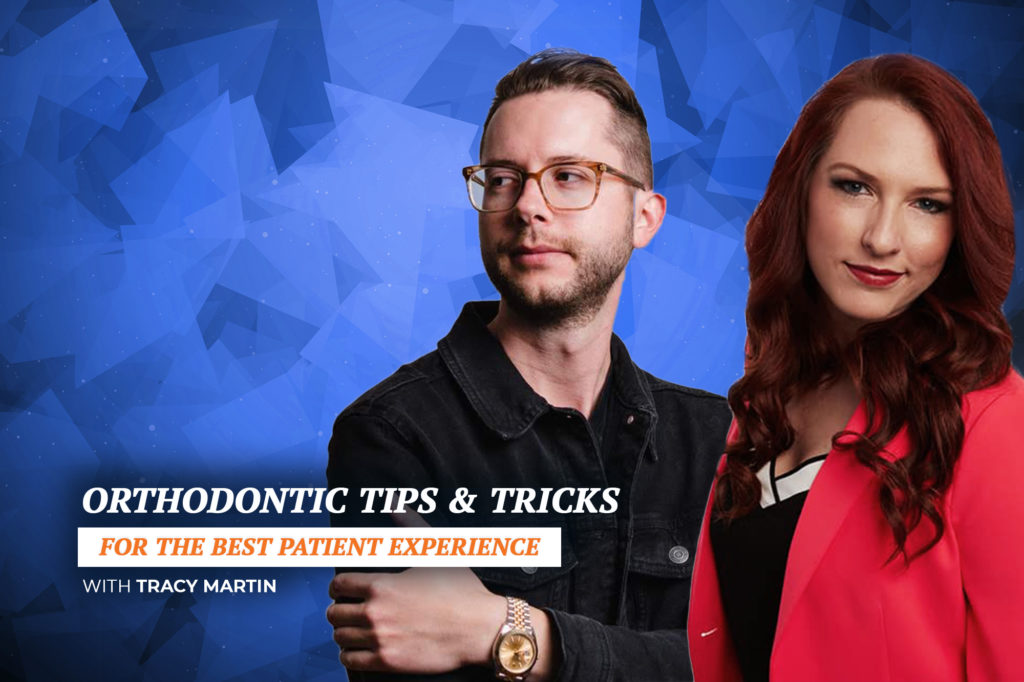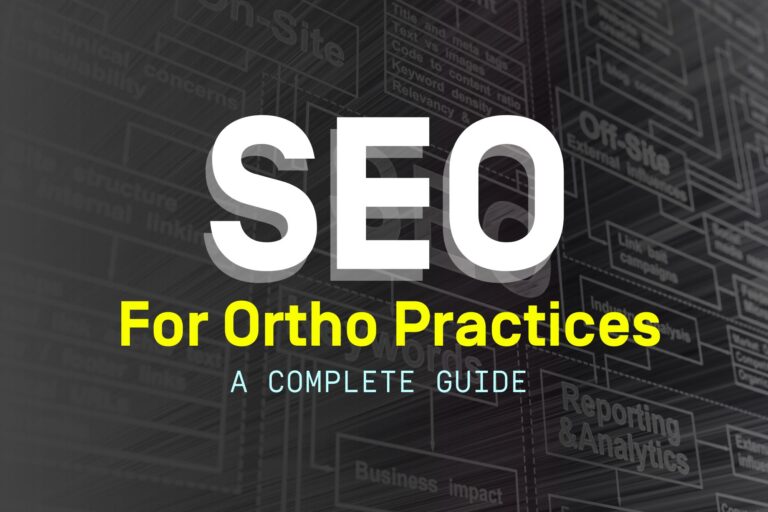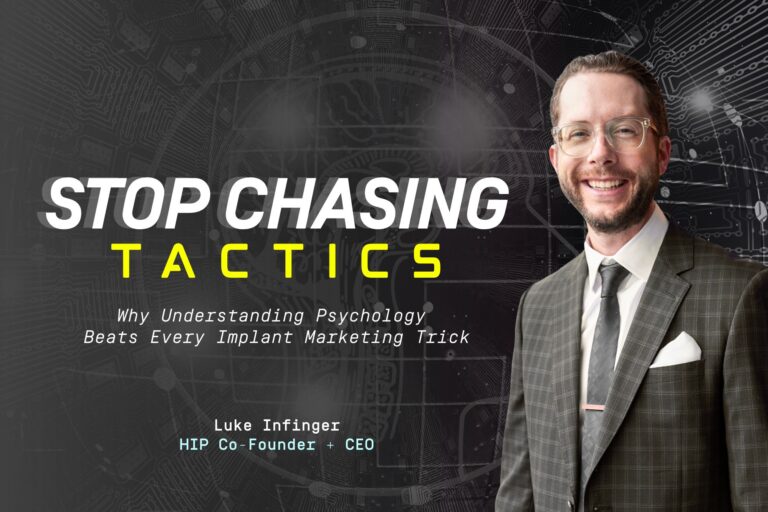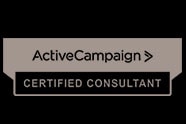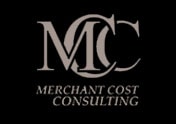Subscribe: RSS
Glad to see you back for another episode of All Things Business for Physicians! In today’s episode, we meet with Tracy Martin, a born-and-raised Texan who runs a consulting business for orthodontics practices. She has years of experience working in and with practices of every size and every stage of growth and development.
Tune in to learn about:
- Why Tracy believes doctors must be willing to invest in trends and learn about the buying habits of today’s customers—specifically, millennial parents
- Tricks for arranging a successful first point of contact, including how to “shift the script” away from boomer-generation formality
- What Tracy means by the “three-step setup” (including one secret weapon that’s been linked to a 70 percent+ conversion rate)
- How to “imprint” your practice onto prospective clients so that you’ll stand out—and so the patients will choose you after shopping around (and yes, people are shopping around)
- Tracy’s tips for discussing price (to sum up in one word: “casual”)
- Why she doesn’t recommend next-day consultations through online scheduling
- A preview of the “Smile Assessment” and why Tracy thinks it’s so valuable as a screening tool
- The best blueprint for an initial complimentary consultation, including what Tracy feels is the “sweet spot” for the length of appointment, what skills create killer consults, how to successfully promote same-day starts, and what prevents conversions
Here are a few of Tracy’s unique gems and insights for optimizing the patient experience:
- “The patient experience is everything,” Tracy says right off the bat. She goes on to explain that optimizing the patient experience is the most important factor in a business’s success and that being able to adapt to the changing market is a non-negotiable when it comes to achieving such an important objective.
- For doctors, Tracy recommends literally “getting out of the patient’s mouth and get upfront”—that is, into and around the front office. Doctors should be aware of what’s being said and what kind of experience is being created for their patients so that there will be more opportunity to leverage and improve these interactions.
- One of the realities today in this industry is that potential patients are smart, savvy and generally have the money to invest in orthodontics services. They just want to make sure they’re going to get a good ROI and will shop around before they commit (the typical client will have 2.5 initial consultations). Tracy sees the initial points of contact as one of the most essential ways to build this sense of trust, and she offers some practical ways to ensure that the first phone call really connects and helps “imprint” a practice onto these customers, so they won’t go anywhere else.
- Tracy brings up an interesting perspective on online scheduling, and why she feels it’s important to strike a balance between quick accessibility for the patient and an appropriate buffer for the practice, so they can prepare for the new client intake—not to mention increase the chance that a patient will be ready to make decisions when they do finally come to the office. “If you hurry up and get [new clients] in really fast, you don’t get the quality you’re looking for.”
- Are virtual exams worth it? While she sees their value, Tracy points out an important caveat: The treatment coordinator running them really needs to be trained on how to operate them efficiently. Without having someone who can execute them well, there’s really no point in doing them.
- The treatment coordinator is also essential during that first in-office visit. According to Tracy, the treatment coordinator’s job during this visit, especially during the first 20 minutes, is to nail the customer experience by providing soft sales, building rapport, providing entertainment, and finding connections. “It’s crucial,” she says, for treatment coordinators to have these skills. Ideally, if a practice has done its due diligence to prepare for the patient, then this person will already be about 80 percent ready to buy when they first walk in the door—but the excellence in service is what will really get them to “move into action.”
- Ultimately, bringing a “yes” or growth mindset to your practice is essential to get conversions and help patients go from prospective to paying customers, Tracy says, and the biggest barrier she sees to this is when practices become “stuck in their ways and habits.” Does it hurt to change approaches and try something new? Sure—but doing so can provide major value to your practice and help you stay competitive in today’s industry.
To connect with Tracy, visit her at straightconsulting.com. Her company also has a new online virtual training course coming out at the end of February.
